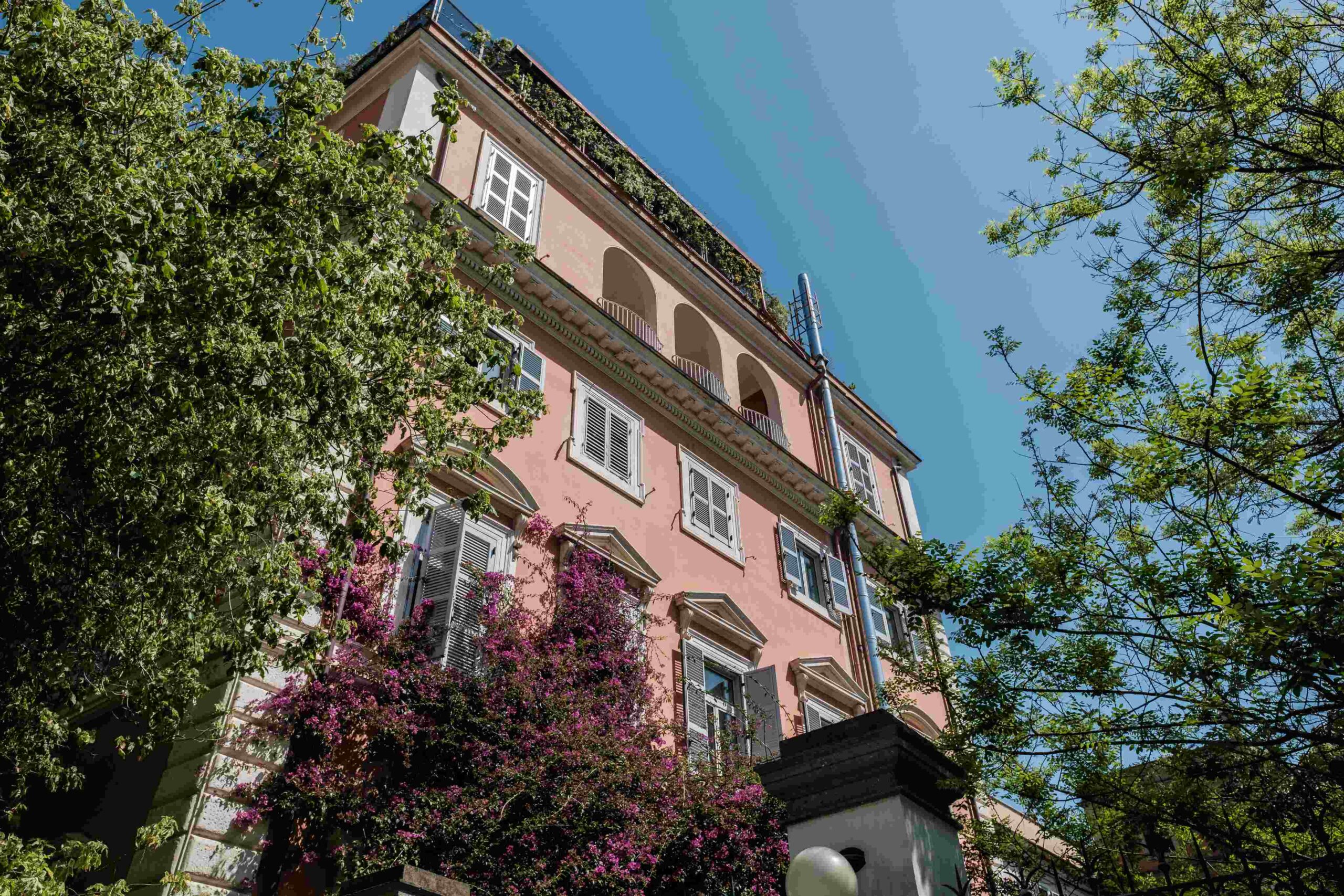Modern-day pilgrimages have soared in popularity. Last year, nearly 450,000 people completed Spain’s Camino de Santiago, Europe’s best-known route. While fewer complete the historic Via di Francesco, there’s still been a 26% increase since 2022. People want to follow in the footsteps of that most modern of historic saints, Francis of Assisi, explains a leading travel expert.
Offering a mix of travel, history, exercise, cultural experiences and spirituality, modern pilgrimages have soared in popularity. A total of 442,073 latter-day pilgrims completed the historic Camino de Santiago to the shrine of St James the Great in Compostela, Spain, last year.
Less well-trodden, but equally breathtaking, the Via di Francesco (Way of St Francis) across ‘the spine of Italy’ also enjoyed a 26% boom last year. The reason for its increased popularity isn’t hard to find, says a leading travel expert. Many 21st-century pilgrims want to walk between Rome and Florence in the footsteps of that most modern of medieval people, Francis of Assisi.
Lily Smith, from Monasteries.com, says: ‘For anyone planning a pilgrimage but thinking the month-long challenge of walking the Apennine Mountains is too daunting, it’s worth remembering St Francis’ words: “Start by doing what’s necessary, then do what’s possible, and suddenly you are doing the impossible.” It’s now easier than ever to undertake and people can even begin and end their journey in an historic monastery or convent, to experience a modern pilgrimage to the full.
‘There’s a good reason why St Francis still strikes a chord today. Just like our 21st-century world, his 12th-century Europe was a place where money talked and wealthy people lived to excess. Francis’ young life was spent seeking pleasure but he later renounced his inheritance. In 1210, he founded the Franciscan Order, once humbly stating: “If God can work through me, he can work through anyone.” Francis is celebrated for his deep connection with nature, earning him the title of the patron saint of animals and the environment.
‘Inspired by his life and travels, the Via di Francesco runs along the spine of Central Italy from Florence in the north to Rome in the south. The 340-mile (550km) route crosses swathes of the Apennine Mountains, including Francis’ hometown of Assisi. Parts of the trail through Tuscany, Umbria and Lazio are easy. Others are more challenging but the route is suitable for everyone with a moderate level of fitness.
‘Although La Verna marks the official start of the Way of Saint Francis, many pilgrims begin their journey in the beautiful city of Florence. Here, it’s possible to stay in the historic 17th-century Foresteria Valdese from just £70. This accommodation is located within Palazzo Salviati, a treasure trove of numerous works of art.
‘Leaving Florence, the first place to visit is the Sanctuary of Verna. Towards the end of his life, St Francis had a vision on the slopes of Mount La Verna. As a result, he received the stigmata (marks on the body corresponding to the wounds of Christ). Nestled below Mount La Verna, Casa Pastor Angelicus offers welcoming accommodation managed by the Franciscan Sisters of “Santa Elisabetta di Casalino”. Travellers can currently stay from just £39.46 a night.
‘As the birthplace and final resting place of St Francis, Assisi is the most important stop on the pilgrimage and is a must-see historic town. From here, modern-day pilgrims follow the old trail to the cliffside village of Greccio, where Saint Francis created the first-ever nativity scene. On 24 December, 1223, he organised a midnight mass featuring a re-enactment of the Nativity with villagers playing the roles. It began a tradition that quickly spread around the world.
‘The next major stop is the small hillside village of Poggio Bustone, Rieti. Here, after Francis received healing for an eye ailment, he established a hermitage and met with Pope Honorius III. From the village, a green trekking trail passes four significant sanctuaries; some of these served as Francis’ lodgings in the 1220s. Visit towards the end of September and you’ll catch the annual Sagra della Porchetta food festival, which celebrates the area’s roast pork.
‘The pilgrimage trail finishes in Rome, with the final steps leading to the Vatican’s Saint Peter’s Square. This represents a pivotal moment in Francis’ life when, in 1209, he travelled to Rome to seek the approval of Pope Innocent III for his new religious order.
‘The beauties of Rome need no introduction but here it’s possible for modern pilgrims to end their journey with a stay at the Casa Valdese. Located near Saint Peter’s Basilica and the Vatican Museums, this peaceful hotel is managed by the Waldensian Diaconia, offering the most perfectly suitable journey’s end.
‘The unique accommodation site Monasteries.com provides a booking platform to stay at monasteries, convents and abbeys. To discover more about the Via di Francesco and how to book accommodation, see Monasteries.com’s new guide at: https://www.monasteries.com/travel-inspiration/following-in-a-saints-footsteps-on-the-way-of-saint-francis
